
The Indian Army is the land-based branch and largest component of the Indian Armed Forces. The President of India is the Supreme Commander of the Indian Army, and its professional head is the Chief of Army Staff (COAS). The Indian Army was established on 1 April 1895 alongside the long established presidency armies of the East India Company, which too were absorbed into it in 1903. Some princely states maintained their own armies which formed the Imperial Service Troops which, along with the Indian Army formed the land component of the Armed Forces of the Crown of India, responsible for the defence of the Indian Empire. The Imperial Service Troops were merged into the Indian Army after independence. The units and regiments of the Indian Army have diverse histories and have participated in several battles and campaigns around the world, earning many battle and theatre honours before and after Independence.

The Northern Light Infantry Regiment (NLI) is a light infantry regiment in the Pakistan Army, based and currently headquartered in Gilgit, Pakistan. Along with other forces of the Pakistani military, the NLI has the primary responsibility of conducting ground operations in the interest of defending the strategically-important territory of Gilgit−Baltistan, a Pakistani-controlled region that constitutes part of Kashmir, which has been disputed between Pakistan and India since 1947. The NLI draws a majority of its recruits from native tribes present in the nearby mountainous areas who are reportedly less prone to altitude sickness and the cold temperatures that characterize high-altitude mountain warfare, allowing the regiment to conduct its duties optimally.
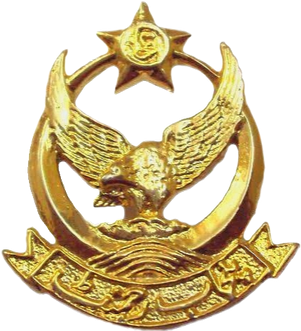
The Punjab Regiment is an infantry regiment of the Pakistan Army. The regiment takes its name from the historic Punjab region, which is now divided into the Punjab province of Pakistan and the Indian states of Punjab, Haryana and Himachal Pradesh. It was raised in its current form in 1956, following the amalgamation of the 1st, 14th, 15th and 16th Punjab regiments that were inherited by the Dominion of Pakistan from the British Indian Army upon the Partition of India. Since then, the regiment has expanded in size to 63 battalions.

The Sindh Regiment is an infantry regiment of the Pakistan Army established on 1 July 1980. The regiment takes its name from Sindh province in southern Pakistan. Prior to its formation there had been no regiment in the Pakistan Army specifically intended to recruit primarily from the Sindhi population. The regimental centre is located in Hyderabad, Sindh, Pakistan.
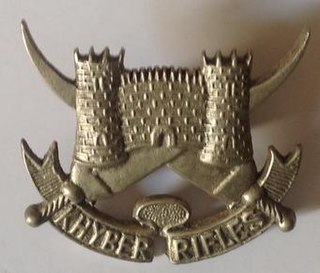
The Khyber Rifles are a paramilitary regiment, forming part of the Pakistani Frontier Corps Khyber Pakhtunkhwa (North). The Rifles are tasked with defending the border with Afghanistan and assisting with law enforcement in the districts adjacent to the border. Raised in the late nineteenth century, the regiment provided the title and setting for the widely read novel, King of the Khyber Rifles, and is the oldest regiment of the Corps. The regiment has a 2020/21 budget of Rs. 1.816 billion(1800 crore PKR) and is composed of seven battalion-sized wings.
Sitara-e-Jurat is the third highest military award of Pakistan. It was established in 1957 after Pakistan became a republic; however, it was instituted retrospectively back to 1947. It is awarded for gallantry or distinguished service in combat; and can be bestowed upon officers, junior commissioned officers, petty officers, warrant officers, soldiers, sailors, airmen, and equivalents in the Pakistan Army, Navy, Air Force, and various paramilitary forces under federal control, such as the Frontier Corps, the Frontier Constabulary, and the Pakistan Rangers. It may be considered to be roughly equivalent to the Military Cross and the Silver Star.
The Frontier Force Regiment of the Pakistan Army consists of battalions with their own history. Most were formed after independence, but some are much older.
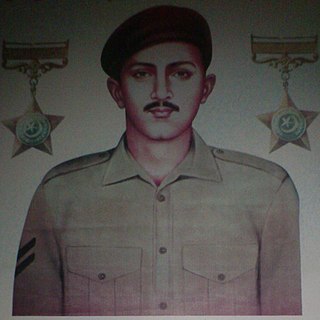
Naik Saif Ali Janjua was a Pakistan Army non-commissioned officer of the Azad Kashmir Regiment who previously served overseas for four years in the British Indian Army during World War II. He joined the Pakistan Army after the Partition of British India and was a Platoon Commander during the Indo-Pakistani War of 1947-1948. He is known for establishing the Haidri Force on 1 January 1948, with the support of Sardar Fateh Muhammad Karailvi.

The Armoured Corps of the Pakistan Army is a combat branch tasked with armoured warfare. Equipped with more than 3,742 main battle tanks, the corps is headquartered in the garrison town of Nowshera, Khyber-Pakhtunkhwa. The corps has only administrative control of its component regiments. The regiments are deployed in a number of field formations including two armoured divisions, two mechanised divisions, and a number of independent armoured brigades.
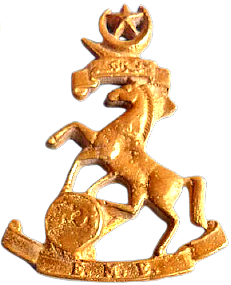
The Pakistan Army Corps of Electrical and Mechanical Engineers (Urdu: ﺁرمي اليكڑ يكل و ميكينكل انجينيرينگ كور; Army Electrical and Mechanical Engineers Corps, abbreviated as EME, is an active military administrative combatant staff corps, and one of the major science and technology command of the Pakistan Army. The Corps' major objective tasks are the maintenance, services, inspections, and repairing of a wide range of battlefield vehicles, electronic gadgets, tanks, military aviation vehicles. Additionally, it conducts research and development for heavy mechanical projects in support of the Pakistan Army, and provided electronic expertise to The Army for the development of nuclear weapons.
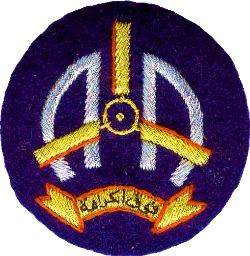
The Pakistan Army Aviation Corps, abbreviated as Avn, is the aviation corps of the Pakistan Army, tasked with providing close aerial combat support and aerial logistics for the Pakistan Army.
The National Guard is a military reserve force and a component of the Pakistan Army, designed to act as a "second line of defence", together with the Pakistan Army Reserve and the Civil Armed Forces.

Asif GhafoorHI(M) is a Lieutenant General in the Pakistan Army. Currently serving as Quetta Corps Commander, he was previously appointed as Inspector General for Communication & Information Technology. He was the 20th Director General of the ISPR
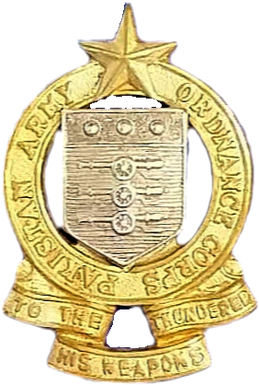
The Ordnance Corps is a branch of the Pakistan Army, responsible for supplying combat units with weapons and ammunition, including procurement, manufacturing and maintenance.
23 Field Regiment is part of the Regiment of Artillery of the Indian Army.

Lieutenant General Shafaat Ullah Shah HI(M) is a retired three star general of the Pakistan Army, diplomat, and author. He often writes for the Pakistan Armed Forces magazine, "Hilal English". He has served as Chief of Logistics Staff at the GHQ, Colonel Commandant of the Baloch Regiment, Commander IV Corps, and as Military Secretary to President Musharraf.
The Frontier Corps Balochistan (South) (Urdu: فرنٹیئر کور بلوچستان (جنوبی), reporting name: FCB(S)), is a group of paramilitary forces of Pakistan, operating in the southwestern part of the province of Balochistan, to overseeing the country's borders with Afghanistan and Iran and assist with maintaining law and order. It is one of four Frontier Corps with the others being: FC Khyber Pakhtunkhwa (North) and FC Khyber Pakhtunkhwa (South) stationed in Khyber Pakhtunkhwa province, and FC Balochistan (North) stationed in the northern part of Balochistan province.
The Frontier Corps Balochistan (North) (Urdu: فرنٹیئر کور بلوچستان (شمالی), reporting name: FCB(N)), is a group of paramilitary regiments of Pakistan, operating in the northern part of the province of Balochistan, to overseeing the country's borders with Afghanistan and assisting with maintaining law and order. It is one of four Frontier Corps with the others being: FC Khyber Pakhtunkhwa (North) and FC Khyber Pakhtunkhwa (South) stationed in Khyber Pakhtunkhwa province, and FC Balochistan (South) stationed in the southern part of Balochistan province.
The Frontier Corps Khyber Pakhtunkhwa (South) (Urdu: فرنٹیئر کور خیبر پختونخواہ (جنوبی), reporting name: FCKP(S)), is a group of paramilitary regiments of Pakistan, operating in the southern part of Khyber Pakhtunkhwa province, to overseeing the country's borders with Afghanistan and assisting with maintaining law and order. It is one of four Frontier Corps with the others being: FC Khyber Pakhtunkhwa (North) stationed in the north of Khyber Pakhtunkhwa province, and FC Balochistan (North) and FC Balochistan (South) stationed in Balochistan province.
The Frontier Corps Khyber Pakhtunkhwa (North) (Urdu: فرنٹیئر کور خیبر پختونخواہ (شمالی), reporting name: FCKP(N)), is a group of paramilitary regiments of Pakistan, operating in the northern part of Khyber Pakhtunkhwa province, overseeing the country's borders with Afghanistan and assisting with maintaining law and order. It is one of four Frontier Corps with the others being: FC Khyber Pakhtunkhwa (South) stationed in the south of Khyber Pakhtunkhwa province, and FC Balochistan (North) and FC Balochistan (South) stationed in Balochistan province.












